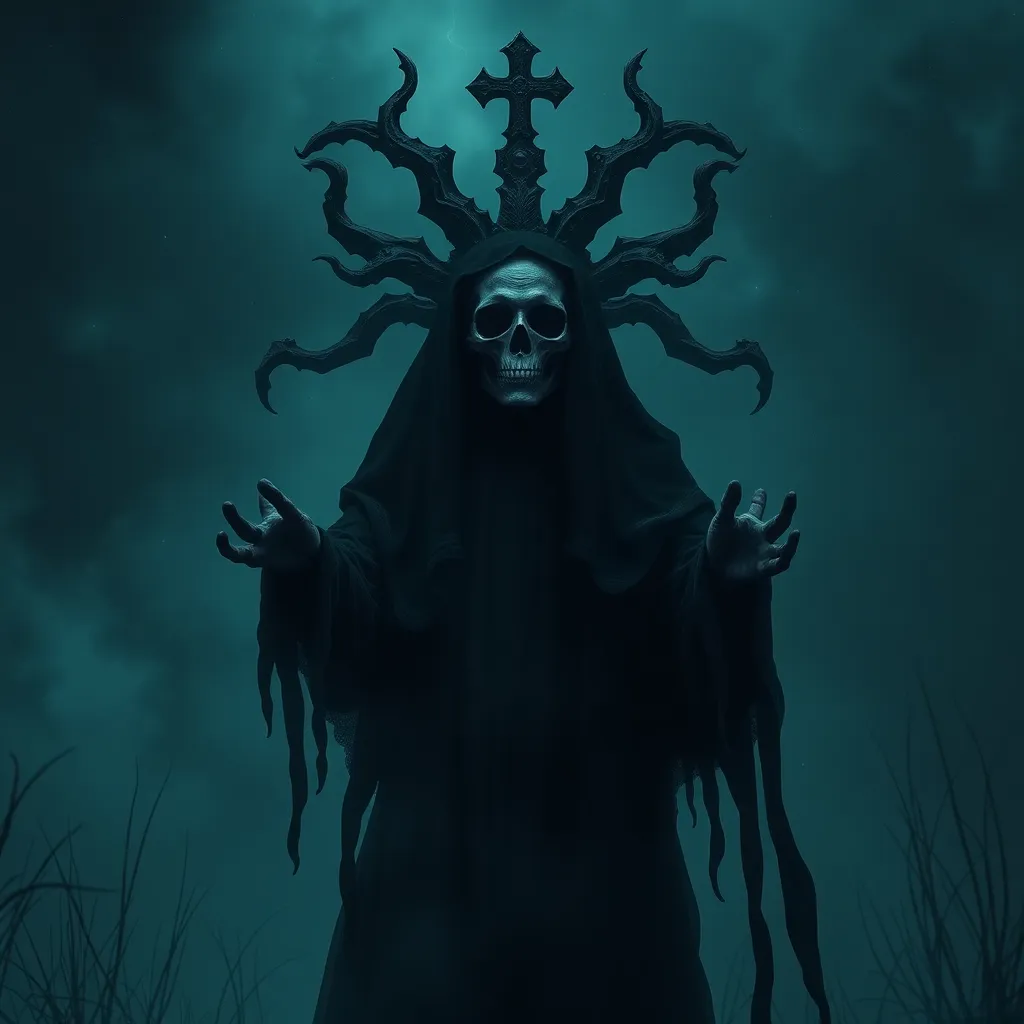The Valkyries’ Symbolism: Unlocking the Meaning Behind the Symbols of the Shield Maidens
I. Introduction
The Valkyries are a fascinating and powerful element of Norse mythology, often depicted as fierce female warriors who serve Odin, the chief of the gods. They are renowned for their role in selecting those who may die and those who may live in battles, guiding the slain warriors to Valhalla, the hall of the slain. Understanding the symbolism associated with the Valkyries is essential for appreciating their significance in both ancient and contemporary contexts.
The importance of symbolism in mythology cannot be overstated, as it provides insight into the values and beliefs of the culture from which it originates. In the case of the Valkyries, their symbols reflect themes of strength, honor, fate, and the duality of life and death.
This article aims to explore the symbolism of the Valkyries, delving into their historical context, the meanings behind specific symbols such as the shield and sword, and their representations in modern culture.
II. Historical Context of Valkyries
A. Origins and evolution of the Valkyrie myth
The concept of Valkyries can be traced back to ancient Norse texts, such as the Poetic Edda and the Prose Edda. These texts outline their origins as divine figures who choose the fates of warriors in battle. Over time, the Valkyrie myth evolved, with variations appearing in different regions and among various Norse tribes.
B. Valkyries in Viking culture and society
In Viking society, the Valkyries embodied ideals of bravery and loyalty. They were not only warriors but also represented the honor of dying in battle, which was a highly respected fate in Norse culture. Their presence in tales and sagas reinforced the significance of valor among the Vikings.
C. Representation in literature and art
The Valkyries have been depicted in various forms of literature and art throughout history, from ancient sagas to modern novels, paintings, and films. Each representation brings a unique interpretation of their character and symbolism, influencing how they are perceived across different eras.
III. The Shield as a Symbol
A. The shield as a protector in battle
The shield is one of the most prominent symbols associated with the Valkyries. It represents protection and defense in battle, highlighting the Valkyries’ role as guardians of warriors. In Norse culture, a shield was not just a piece of equipment; it was a symbol of a warrior’s honor and status.
B. Symbolism of strength and courage
Beyond protection, the shield symbolizes strength and courage. The Valkyries, as shield maidens, embody these qualities, showcasing their ability to fight alongside the bravest warriors. They challenge traditional gender roles by demonstrating that women can also be fierce and formidable in battle.
C. The shield’s role in the afterlife and Valhalla
In addition to its use in battle, the shield holds significance in the afterlife. Valkyries use their shields to transport the souls of slain warriors to Valhalla, where they are honored and celebrated. This connection emphasizes the shield’s role in both life and death.
IV. The Sword and Its Significance
A. The sword as a symbol of honor and valor
The sword is another crucial symbol associated with the Valkyries. It represents honor, valor, and the warrior ethos. In Norse mythology, a sword is often seen as a weapon of choice for those who possess the courage to wield it, aligning with the Valkyries’ mission to select the bravest souls for Valhalla.
B. Connections to fate and destiny
Swords also carry connotations of fate and destiny. The act of choosing the slain often implies that the Valkyries are not only selecting who may enter Valhalla but also influencing the fate of those warriors. The sword, therefore, symbolizes the delicate balance between free will and predetermined destiny.
C. The act of choosing the slain
The Valkyries’ role in determining who lives or dies in battle is a powerful symbol of choice. It poses questions about the nature of fate in Norse mythology, suggesting that while the Valkyries have agency in their decisions, they operate within the larger framework of destiny set by the gods.
V. The Raven: A Multifaceted Symbol
A. Ravens as messengers in Norse mythology
Ravens are integral to Norse mythology and are often associated with Odin, the god they serve. As messengers, they symbolize communication between the gods and humans, as well as the transmission of knowledge and wisdom.
B. Associations with Odin and wisdom
The connection between Valkyries and ravens extends to Odin, who is often depicted with two ravens, Huginn and Muninn, representing thought and memory. This association underscores the Valkyries’ role as wise, strategic figures in the mythological narrative.
C. The duality of life and death
Ravens also embody the duality of life and death, emphasizing the Valkyries’ connection to the afterlife. They act as guides for the souls of the slain, symbolizing the transition between the mortal world and the realm of the dead.
VI. The Role of the Valkyries in Fate and Choice
A. Concept of free will versus predestination
The tension between free will and predestination is a central theme in Norse mythology. The Valkyries navigate this dichotomy as they choose warriors for Valhalla, prompting reflections on the nature of choice and destiny in the context of war.
B. The Valkyries’ influence on warriors’ destinies
By selecting the slain, Valkyries exert significant influence over the destinies of warriors. This power emphasizes their role as agents of fate, enhancing their importance in the mythological framework.
C. Symbolism of choice in life and death
The choice made by the Valkyries serves as a metaphor for the choices individuals make throughout their lives. It highlights the importance of decisions and the consequences they carry, reflecting the belief that one’s actions in life directly impact their fate in death.
VII. Modern Interpretations and Representations
A. Valkyries in contemporary media and pop culture
In recent years, Valkyries have gained popularity in contemporary media, appearing in films, television shows, and video games. Their depictions range from fierce warriors to complex characters, each interpretation contributing to the evolution of their symbolism.
B. Symbolic meanings in feminism and empowerment
The Valkyries are often embraced as symbols of feminism and empowerment. Their strength, independence, and role in choosing their own paths resonate with modern ideals of female empowerment, challenging traditional gender norms.
C. The Valkyries’ legacy in modern spirituality
In modern spirituality, the Valkyries are sometimes viewed as archetypes of warrior women who embody strength and resilience. Their legacy continues to inspire those seeking empowerment and connection to their ancestral roots, intertwining ancient mythology with contemporary beliefs.
VIII. Conclusion
The symbolism associated with the Valkyries is rich and multifaceted, encompassing themes of strength, honor, fate, and the duality of life and death. Through their shields and swords, and their connection to ravens, the Valkyries embody the ideals of warrior culture in Norse mythology.
The lasting impact of Valkyries on culture and identity cannot be understated, as they continue to inspire modern interpretations and discussions around empowerment and choice. The relevance of their symbolism today serves as a reminder of the enduring power of myth and the universal themes that resonate across time and culture.




